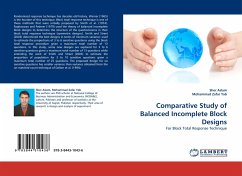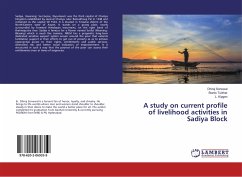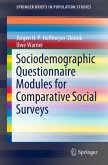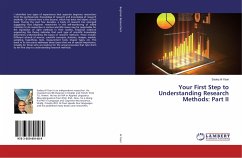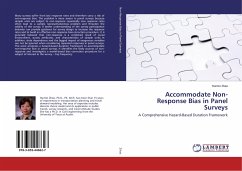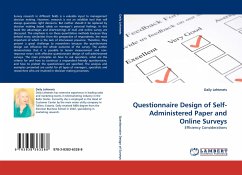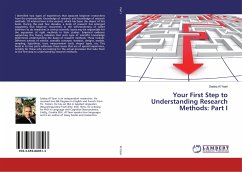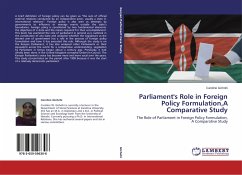Randomized response technique has decades old history. Warner (1965) is the founder of this technique. Block total response technique is one of these methods that were initially proposed by Smith et al. (1974). Raghavarao and Federer (1979) used the theory of balanced incomplete block designs to determine the structure of the questionnaires in their block total response technique (symmetric designs). Smith and Street (2003) determined the best designs in terms of minimum variance; used to estimate the proportions of 3 to 6 sensitive questions using the block total response procedure given a maximum total number of 13 questions. In this study, some new designs are explored for 3 to 6 sensitive questions given a maximum total number of 13 questions while extending the work of Smith and Street (2003) to estimate the proportion of population for 3 to 10 sensitive questions given a maximum total number of 25 questions. The proposed design for six sensitive questions has smaller variance than variance obtained from the un-matched count technique of Dalton et al. (1994).
Bitte wählen Sie Ihr Anliegen aus.
Rechnungen
Retourenschein anfordern
Bestellstatus
Storno

